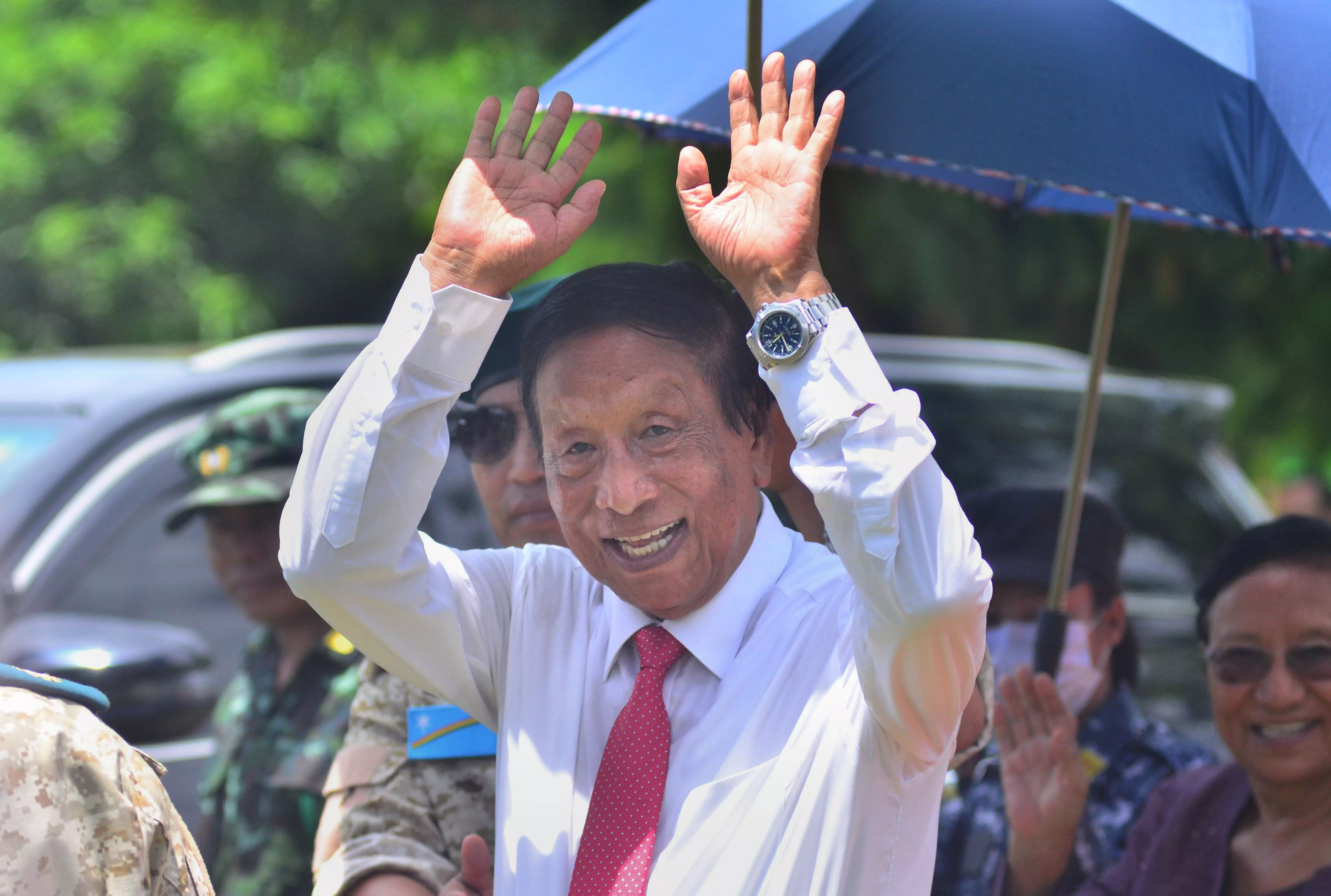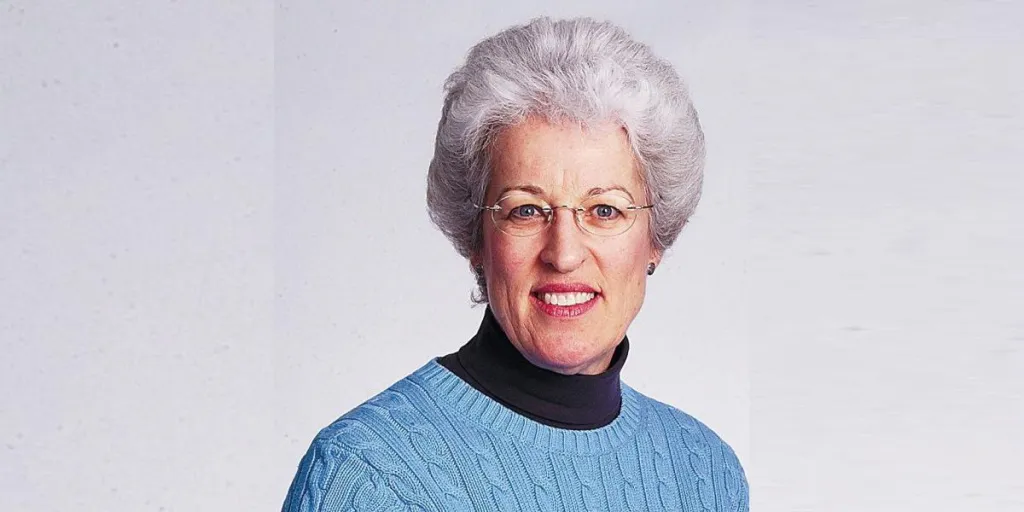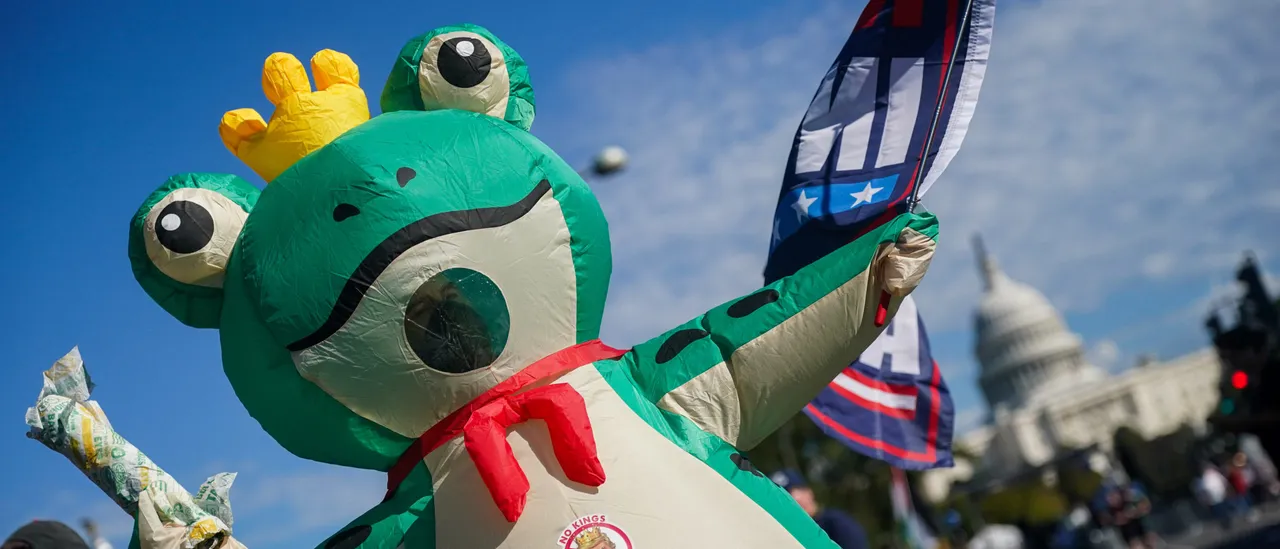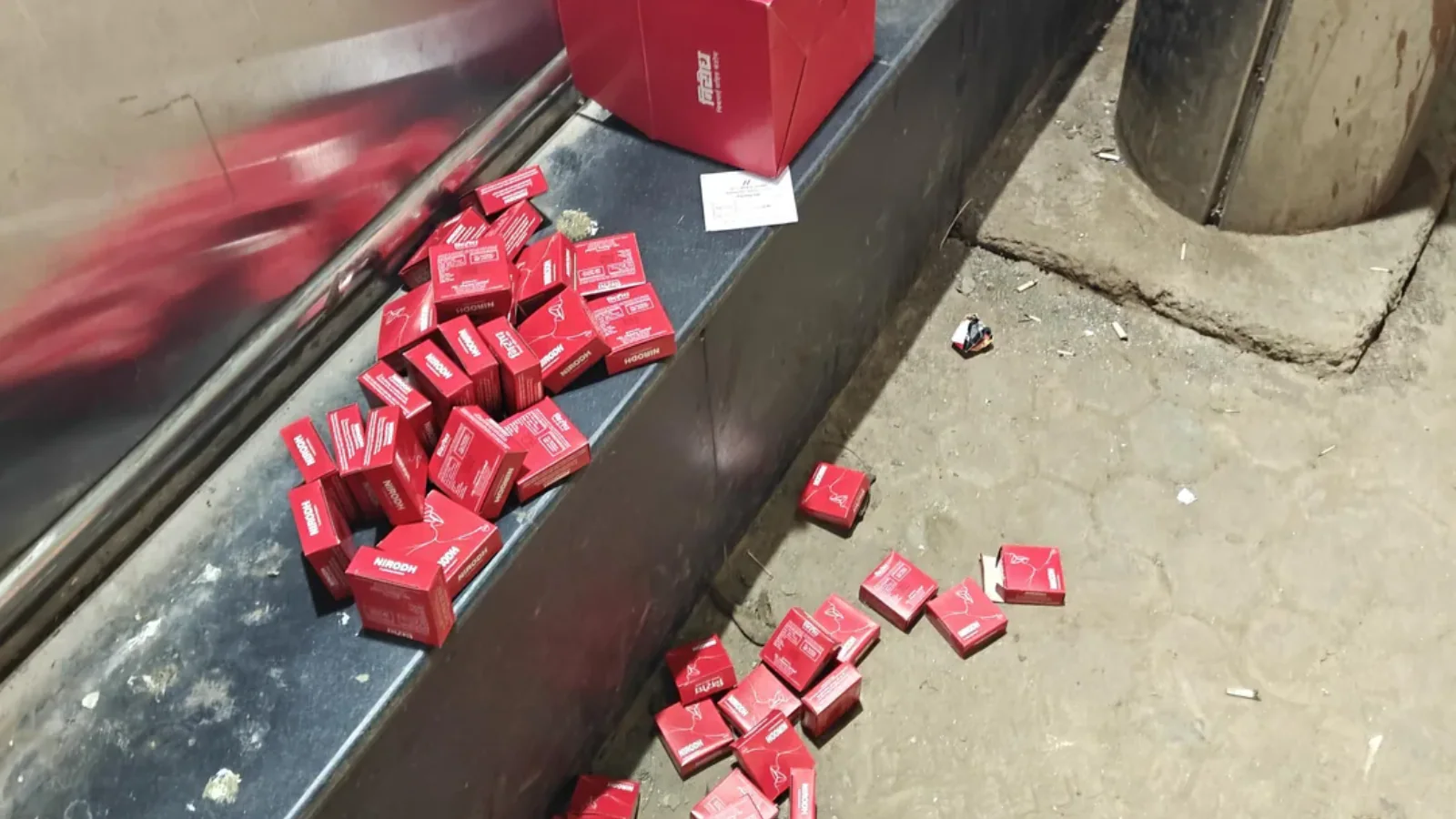Copyright deccanchronicle

Veteran Naga leader Thuingaleng Muivah, general secretary of the National Socialist Council of Nagaland (I-M), reached his native village, Somdal, in Manipur’s Ukhrul district on October 22 for a 10-day visit. This return to his village, after 50 years, is not just symbolic, but also an attempt by him to drive home the point that the movement for the “Naga nation” is vital, despite the 1997 Ceasefire Agreement or the 2015 Framework Agreement. His being the lone surviving member of the troika of Isak Chishi Swu, S.S. Khaplang and he himself, who founded the NSCN in 1980, gives him a standing, which no other Naga leader now has (the NSCN later fractured into NSCN-IM under Isak and Muivah and NSCN-K under Khaplang in 1988).In Ukhrul, in a speech read out on his behalf by V.S. Atem, the “deputy prime minister of the Government of the People’s Republic of Nagalim (GPRN), Muivah made a few important statements: “we are not a lost people” and “we the Naga people have defended our sovereignty for 79 years… it is our duty to protect our birthright; turning away from it is a curse”. He had also said: “It is pertinent and imperative to inform the Naga people that in spite of the milestone steps taken by the two parties, the GoI (Government of India) has betrayed the letter and spirit of the Framework Agreement of August 3, 2015 by refusing to recognise and acknowledge the Nagalim national flag and national constitution. It is concluded that the GoI is not in a position to implement the letter and spirit of the Framework Agreement.” These statements could be seen as a political messaging that the demand for a separate flag and constitution are still alive. It may be recalled that in November last year, he had sought third-party intervention to settle the Naga issue, failing which, he had said, the NSCN (I-M) would “resume the violent armed resistance against India”. He had added: “India and its leadership shall be held responsible for the catastrophic and adverse situation that will arise.”The pronouncements by Mr Muivah are grandstanding by him and his now fledgling NSCN (I-M). At the age of 91, with failing health, the power struggle within NSCN (I-M), dying public support in Nagaland and other Naga-inhabited areas, multiple Naga groups claiming ownership of the Naga cause and the Naga movement itself not striking a chord with the current generation of Nagas any more, this could be seen as a last-ditch effort to revive the Naga movement. In a recent article a journalist had said: “In Manipur, Muivah has orchestrated a system of extortion, smuggling, and parallel governance that has crippled the state’s economy and suffocated its people. Under his leadership, insurgency has ceased to be about political rights; it has morphed into a corporate enterprise where violence, taxation and black markets form the pillars of power. Far from being a liberator, Muivah has become the mastermind of Manipur’s exploitation.” This may be seen as too harsh by his followers, but the fact is that the current impasse is actually the best option for the cadres, and the NSCN (I-M) may not really be serious about a final settlement.Mr Muivah and his followers should realise that their demand for a separate Naga flag and constitution is unthinkable for the Indian government in the current context, given the abrogation of Article 370 for Jammu and Kashmir in 2019, for these would effectively recognise dual sovereignty inside India (something that the Indian Constitution does not permit). Further, this would also embolden other ethnic groups in the Northeast (Mizos, Kukis etc) and elsewhere in India to demand similar concessions. It is said that the Framework Agreement of 2015 used the phrase “shared sovereignty”, which Delhi interprets as a metaphor for broad autonomy under the Constitution of India, while Mr Muivah and the NSCN (I-M) interpret as “co-equal sovereignty” (where Indians and Nagas coexist as two entities in a confederal relationship).In the light of Mr Muivah’s visit, it is also necessary to take stock of the Naga moment as it stands now. The important stakeholders that are there in the ceasefire are three; the NSCN-IM, the NNPG and the Niki Sumi group. The NNPG is a conglomerate of six Naga groups (most of them broke away from the NSCN-K). With the NSCN-IM, the GoI has the Framework Agreement and with the others, the “Agreed Position”. The only Naga group that is not in the ceasefire is the NSCN-K (Yung Aung) group that is based in Myanmar, which carries out intermittent attacks on the security forces (there were media reports of their camps in Myanmar being struck by Indian security forces in July and very recently on October 20).What is common among all of the above Naga groups is extortion. Former Nagaland CM S.C. Jamir had once said: “Extortion has crippled people and the Naga economy. People were made to maintain stoic silence over all these criminal activities because of a fear psychosis”.There are positives from the visit...



